Language pairing activities mean putting two things together so that the child can connect one word or concept to another. This technique is used to improve speech development and communication skills, especially for autistic children who are nonverbal or have delayed speech.
Table of Contents
Language Pairing Activities for Nonverbal Autistic Child
If the child is nonverbal, you can use visual, sound, gesture, and object-based pairing. These activities help the child understand words and their meanings.
1. Object-Word Pairing (Joining things and Word)
How to do it:
- Use real objects, like apple, car, ball
- Take the object in your hand and say its name: “This is an apple.”
- Encourage the child to touch or pick up the object.
- If the child doesn’t respond, help him/her hand-over-hand.
Example: Take an apple in your hand and say “Apple,” and then feed a small piece of it to the child. This will help in making sensory and word connections.
2. Picture-Word Pairing (Join Picture and Word)
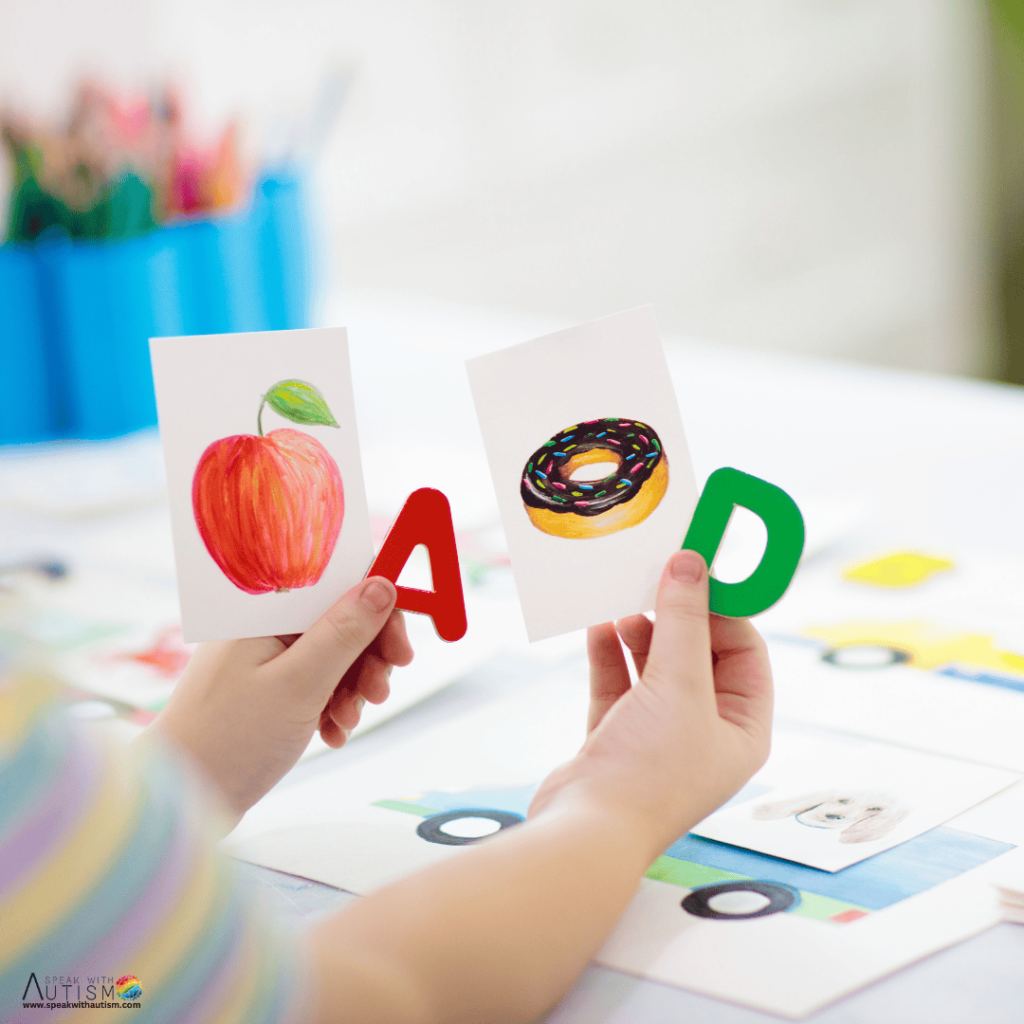
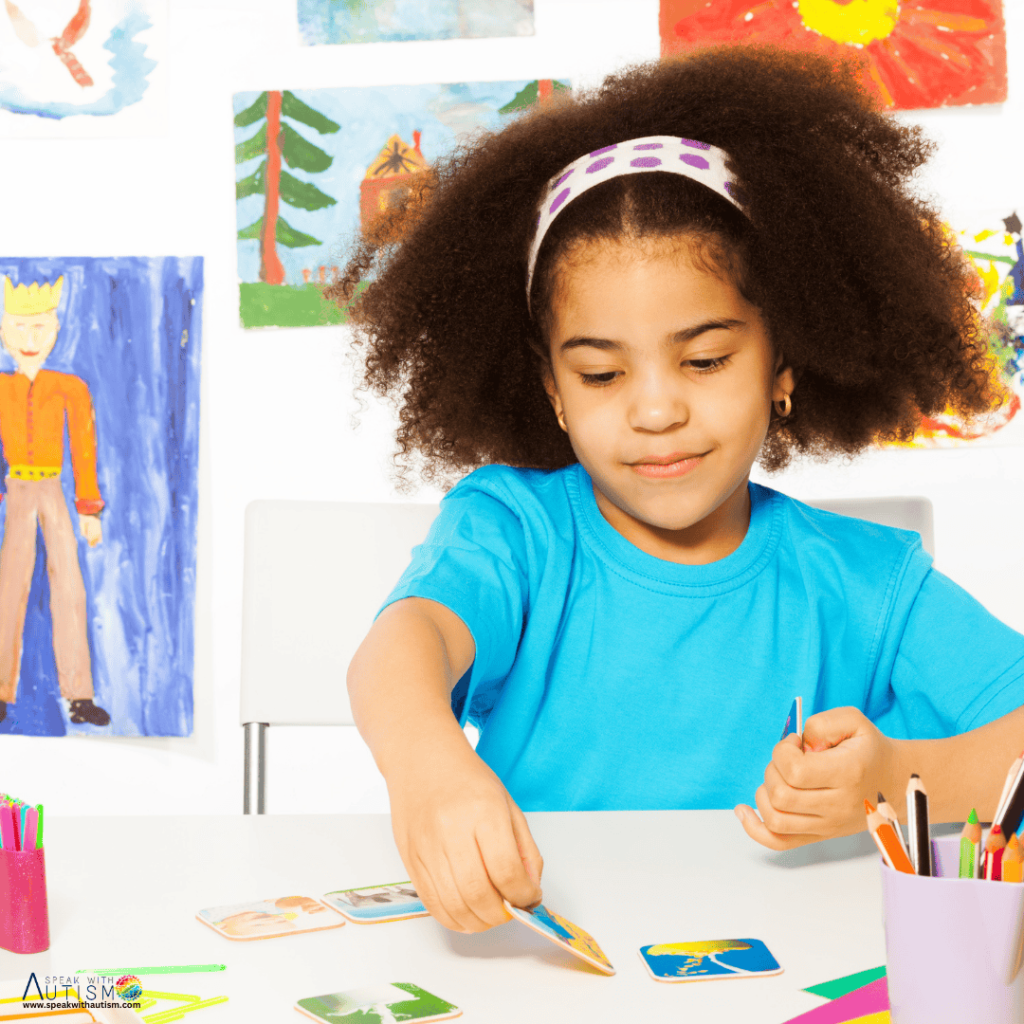
How to do it:
- Use flashcards or pictures.
- Show a picture and say the name (e.g., “Car”).
- If the child points or touches it, praise him.
- Pair both the picture and the real object.
Example: Show a picture of a car and say “Car”, then take his toy car and repeat its name.
3. Sound-Word Pairing (Join Sound and Word)
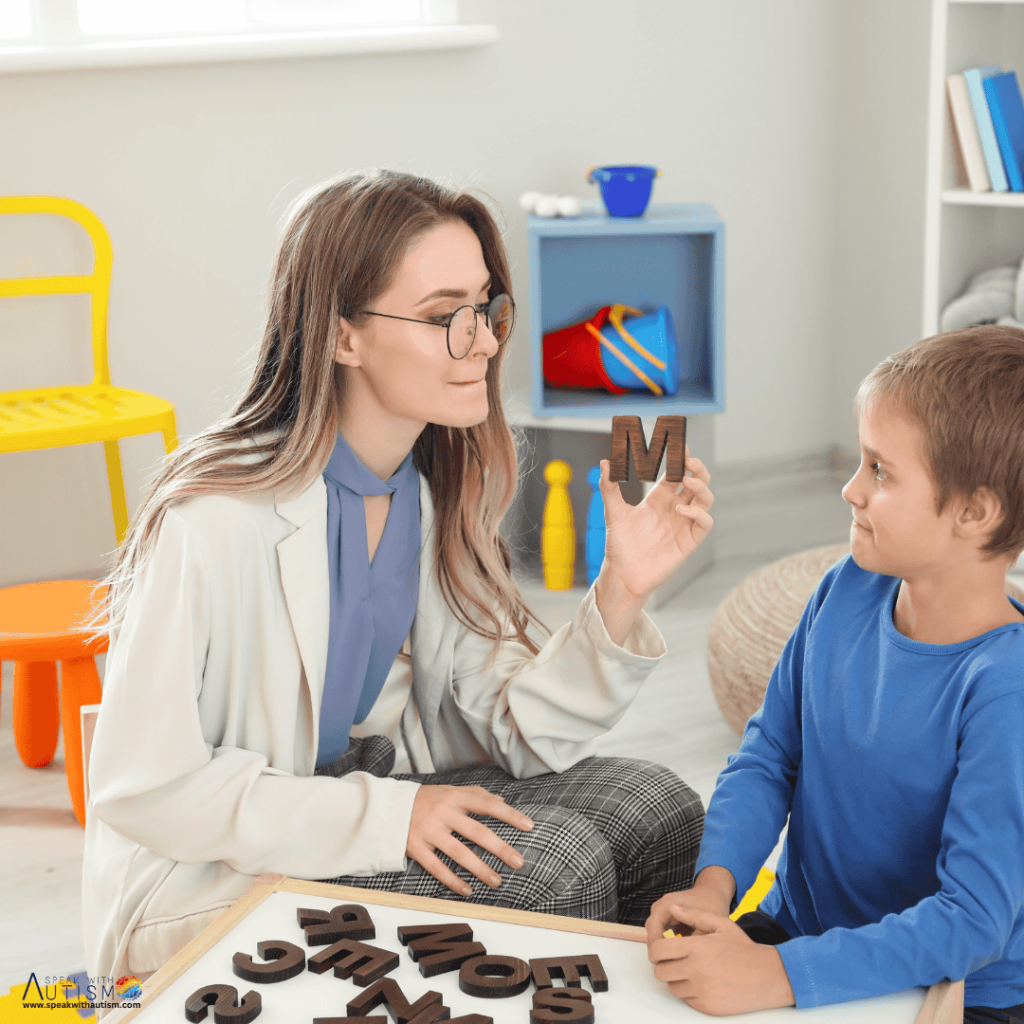
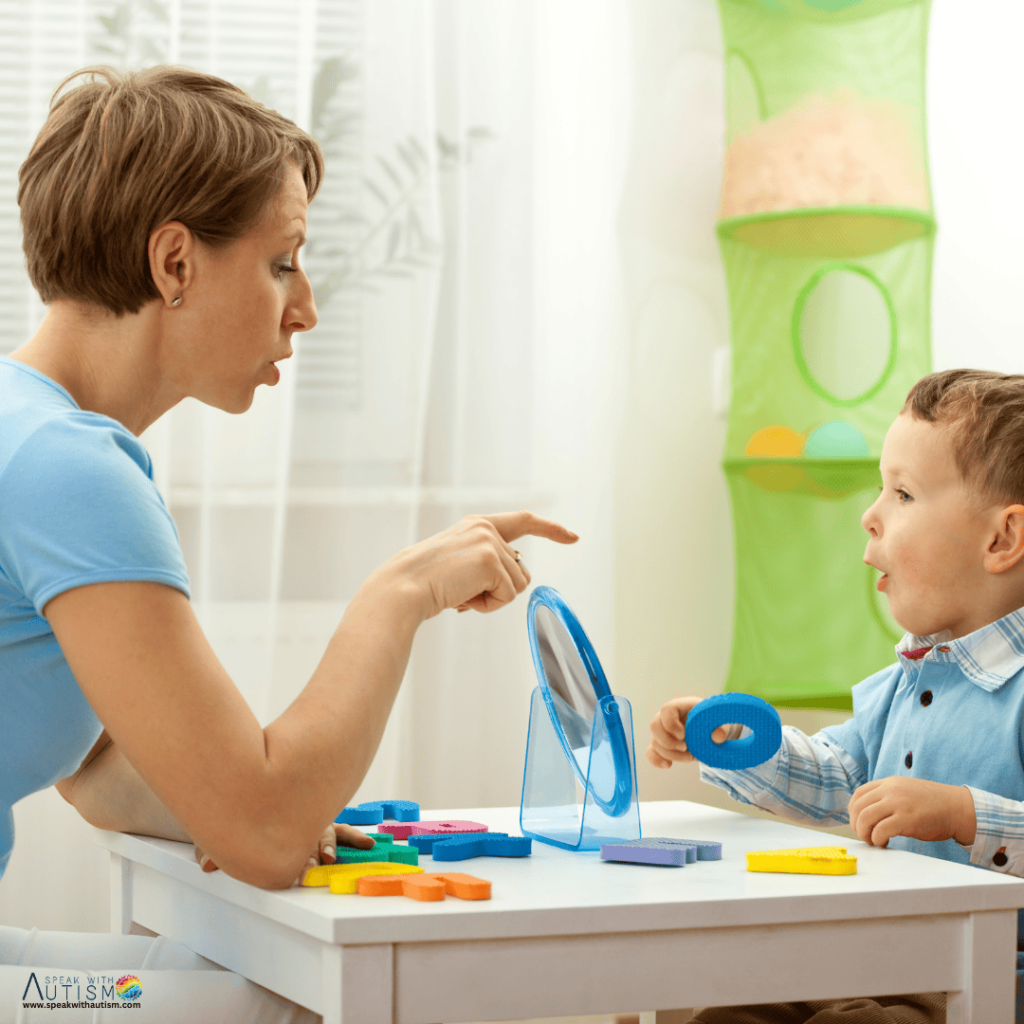
How to do it:
- Use different animal sounds, vehicle sounds or daily life sounds. – Play a sound and say its name (e.g., “This is the sound of a lion”).
- If possible, give real-life experience, like going outside and listening to the sound of a real car.
Example: Play a dog barking sound on the speaker and say “Dog barks.” Then show a picture or a toy of a dog.
4. Action-Word Pairing (Join action and word)
How to do it:
- Link physical actions with words.
- If the child jumps, say “Jumping.”
- Use words like “Eating,” and “Brushing,” in your daily routine.
Example: If you and your child are jumping, say “Jump! Jump!” This will naturally link language and action.
5. Sign Language or AAC Pairing (Pairing with Signs or AAC Device)
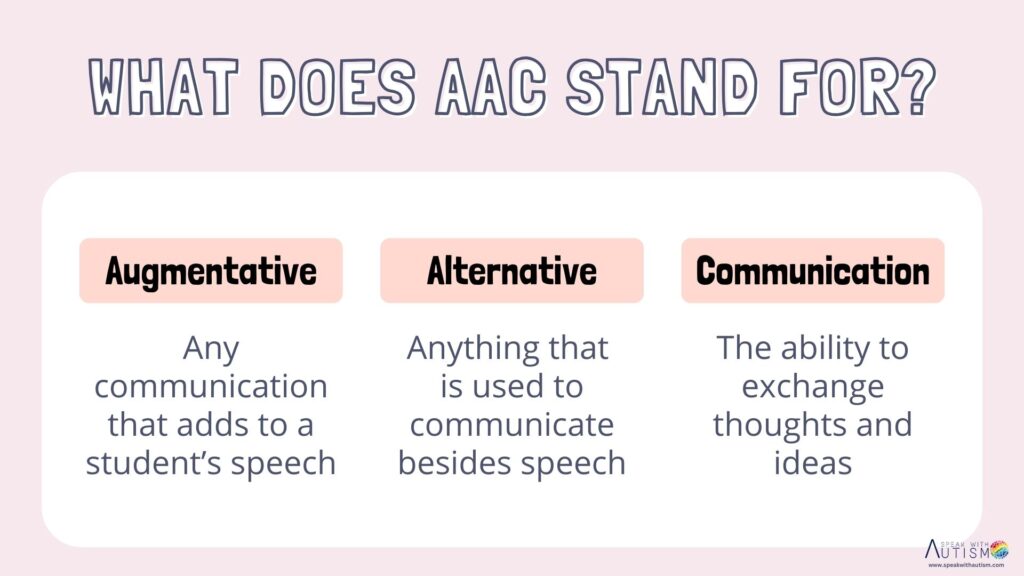
If the child is nonverbal, use sign language or an AAC (Augmentative and Alternative Communication) device.
- Can learn basic signs like “More,” “Eat,” “Drink,” and “Help.”
- Use Picture Exchange Communication System (PECS), where the child can express his need by showing an image or symbol.
Example: If the child asks for water, show him a picture of a glass of water and say “Water.” If he lifts the picture, reinforce him by giving him water.
Important Tips : Language Pairing Activities
✅ Choose activities based on the child’s interest – If he likes cars, do pairing activities related to them.
✅ Use short & clear words – Use single words or short phrases instead of complicated sentences.
✅ Repeat consistently – By repeating the same activity every day, the child will gradually learn.
✅ Use Gestures and Expressions – If you are saying “Happy”, then keep your face in a happy expression.
✅ Slowly Decrease Verbal Prompts – As the child starts to understand, gradually decrease the prompts so that he can give independent responses.
Frequently Asked Questions (FAQ’s): Language Pairing Activities
How can I use sign language or an AAC device for pairing?
If your child is nonverbal, you can use sign language or an AAC device (like Picture Exchange Communication System – PECS). Teach simple signs like “More,” “Eat,” or “Help,” and pair the signs with words.
Example: If your child is thirsty, show a picture of a glass of water and say “Water.” If they pick up the picture, give them water and reinforce the connection.
What is AAC and how does it help nonverbal children?
AAC stands for Augmentative and Alternative Communication. It includes all forms of communication (other than speech) that help individuals express themselves. AAC can include gestures, signs, picture boards, and speech-generating devices (like tablets or communication apps). For nonverbal children, as well as those with autism or ADHD who may have difficulty expressing themselves, AAC helps them communicate their needs, wants, and ideas effectively when they can’t rely on verbal speech.
Types of AAC:
Unaided AAC:
This includes sign language or gestures, where the child doesn’t need any tools or devices to communicate.
Aided AAC:
This includes picture boards, communication books, or electronic devices that generate speech when the child selects a symbol or picture.
